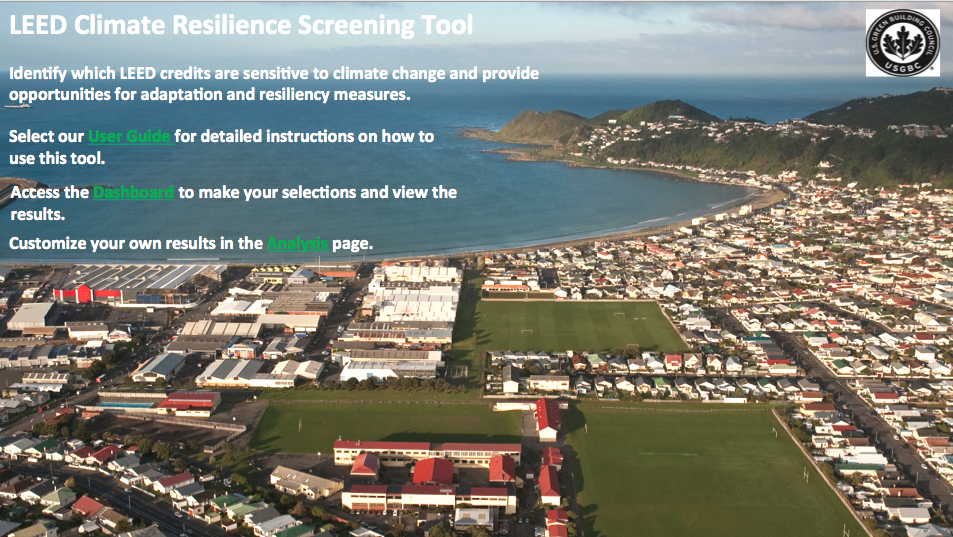Code Green Solutions


Changing climate puts the health, safety, and performance of buildings at risk. Rising temperatures undermine the assumptions used to design the envelopes and HVAC systems in homes and commercial buildings. Rising sea levels increase risks of flooding for coastal assets. More intense storms may overwhelm conventionally engineered infrastructure.
These issues create new risks to the performance of built environments and new opportunities for architects, engineers, and construction professionals to anticipate the consequences of changing conditions and use green building strategies to enhance resilience. This creates the need for new tools to identify climate sensitivities and prioritize adaptive responses.
The US Green Building Council (USGBC) has released a new tool to screen LEED credits in four rating systems to identify climate sensitivities and prioritize opportunities to promote climate resilience.
Chris Pyke, Vice President of Research at USGBC explains; “The LEED Climate Resilience Screening Tool provides a practical framework to identify climate sensitivities and prioritize opportunities to promote resilience through green building practice.”
The free Microsoft Excel tool can help practitioners identify which credits are sensitive to changing climate conditions and prioritize credits that offer opportunities to promote resilience. With the LEED Climate Resilience Screening Tool users can choose which rating system and climate zone they are interested in, and generate results based on their individual selections. The tool, targeted for LEED practitioners, includes a customizable data page where users can create their own customized analysis and generate different results.
The tool can provide insights to a variety of stakeholders:
The development and initial application of the screen tool suggest several conclusions:
For example, the LEED ND rating system in a temperate climate zone has 40% of its credit outcomes sensitive to changing climate conditions and 78% of credits offer resiliency opportunities.
This tool represents a step toward raising awareness about the intimate connections between green building and climate resilience. It provides a free, open, and customizable framework to aid in risk management, project design, and policymaking.